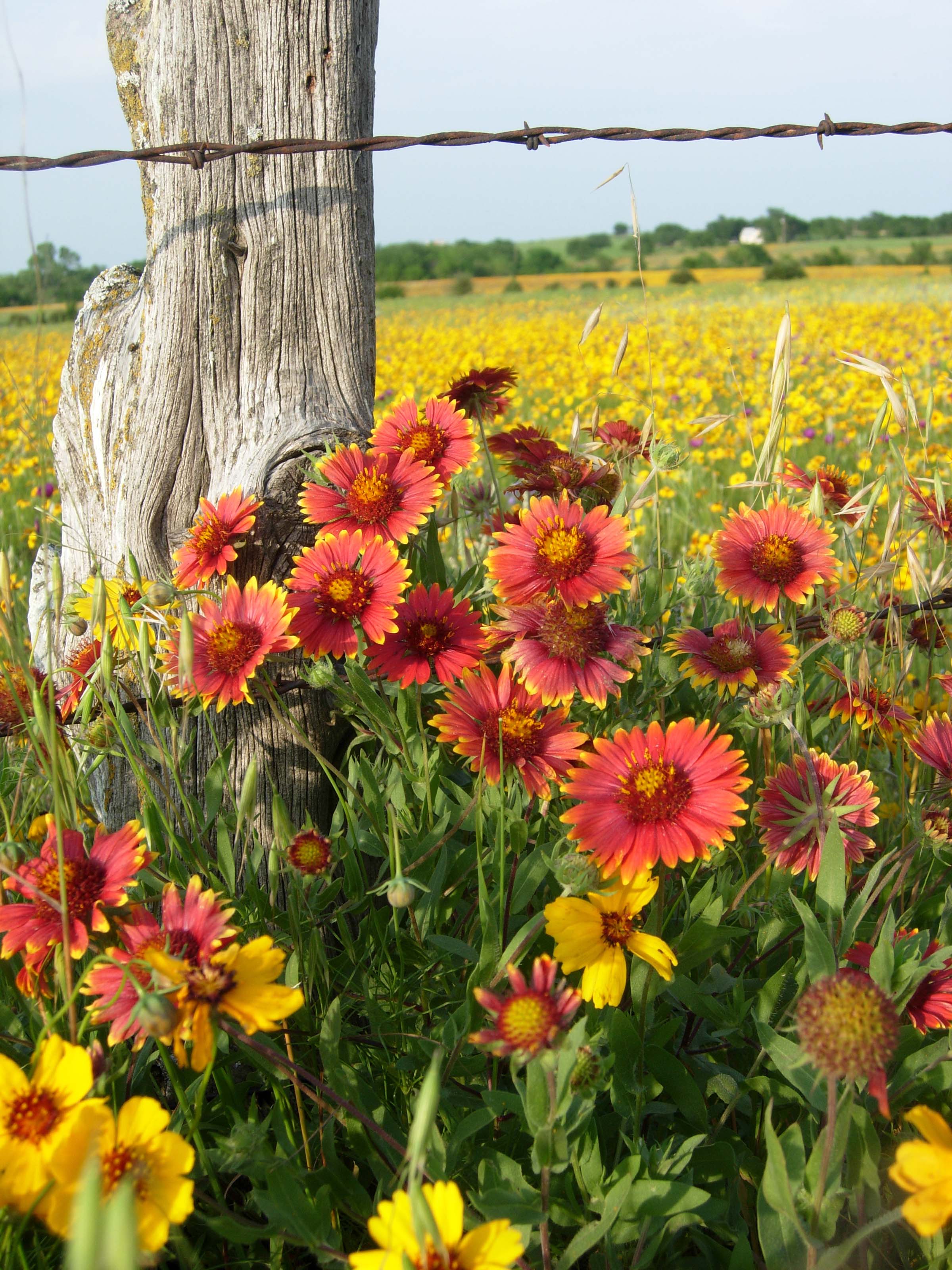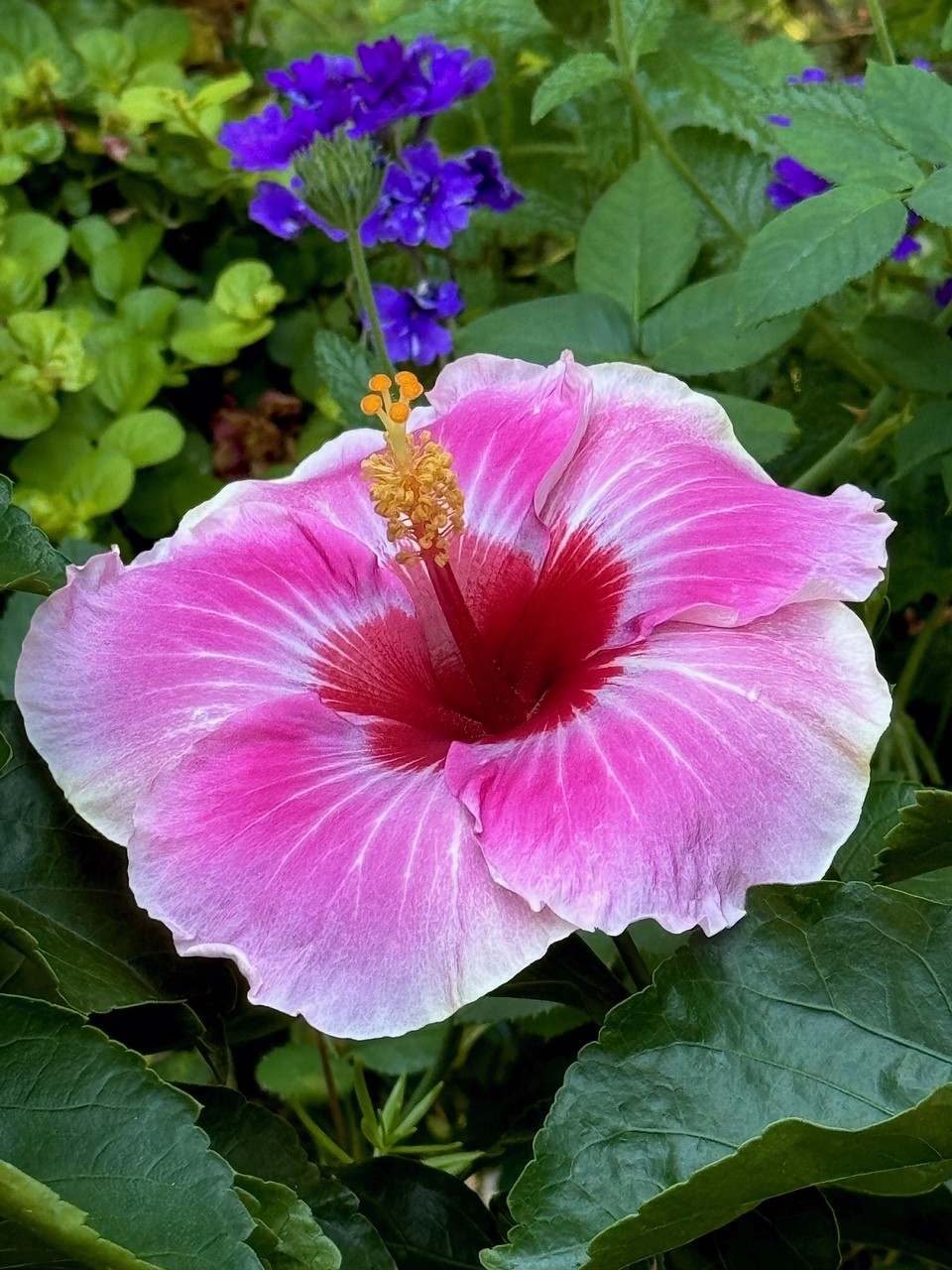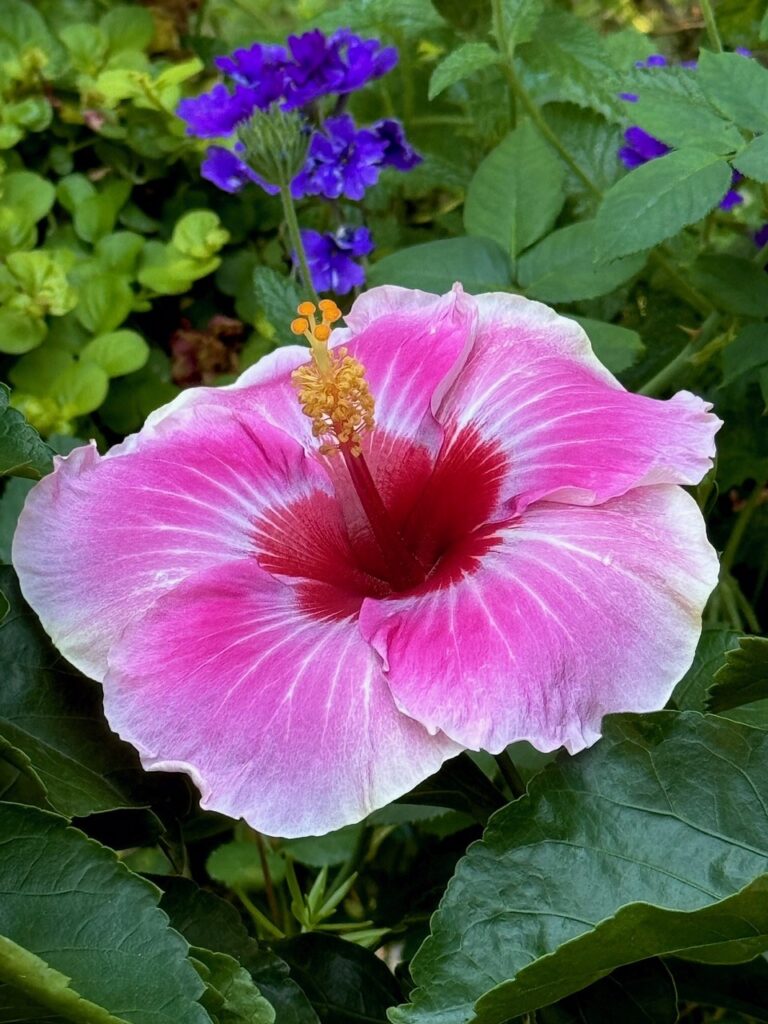Outdoor
Planting Wildflowers

By contributing writer Lisa Bellows, Ph.D., North Central Texas College
Oh the beautiful wildflowers! It seems to always be at the peak of blooming season when I receive the call about how to plant bluebonnets and other spring wildflowers. Well, it’s just about time. If you consider Mother Nature, when she plants those beautiful splashes of color, mimic her actions; you will enjoy grand results – sometimes.
The genetics of wildflowers is much more diverse than agriculture crops and garden plants. When you buy pearl millet of crookneck squash seed at the seed store, you know what to expect and plant production is predictable. With wildflowers, this is not the case. The gene pool in natives or “wildflowers” has not been altered except through natural selection over many years. This allows the natives to adapt well, and they are opportunistic, seizing good weather conditions and also lying dormant during times of adversity. So when Mother Nature plants bluebonnets, so should you.
Bluebonnet seeds were formed in May and the seedpods are just now twirling and twisting sending seeds about on the hot summer soil. The seeds will bake in the hot sun, imbibe moisture during the fall rains and germinate in mid-fall. The tiny rosettes will build a root system throughout the winter and viola – bluebonnets in late-April, early-May.
To get in on the dance with Mother Nature, the song is playing so put on your dancing shoes. Begin to select the spring wildflowers you desire, make sure your soil is compatible with the seeds you select, and place your order. Wildflower seeds should be planted between mid-September and Thanksgiving. To read more pick up the August 2014 issue of North Texas Farm & Ranch.
HOME
Parting Shot

By: Jelly Cocanougher
Delicate microbes buried just beneath the surface. We walk by them, unbeknownst to us. Spores, spawn, and sclerotia, each with distinct characteristics. It is said that these fungi are all connected, speaking to one another as they populate the earth. The interconnectedness of all living things and the decaying world, such beauty lies within these otherworldly alien organisms.

HOME
Varietal Honey

By: Landon Moore
Landon Moore is the Wise County 4-H President and a member of the Wise County 4-H County Council. He is involved in beekeeping, as well as raising rabbits and poultry.
This essay was one that he wrote, and it was named the champion for both the Texas and National chapters of the Foundation For The Preservation of Honey Bees.
Varietal honey is honey that comes from a single source.
This honey has a flavor derived from the source flower and can even have a similar scent. In general, lighter colored honeys have a more subtle taste and dark honeys are more intense. Varietal honey has been compared to wine, in that honeys produced in different years can be distinguished, even if they come from the same flower and location.
This phenomenon is called terroir and is responsible for the individual taste of each honey harvest.
To read more, pick up a copy of the October edition of North Texas Farm & Ranch magazine, available digitally and in print. To subscribe by mail, call 940-872-5922.

HOME
The Garden Guy: America’s Sweetheart

By: Norman Winter | Horticulturist, Author, Speaker
Early in the summer, I was sent a press release that caused one of those holy wow moments. The headline said it all, “Proven Winners ColorChoice Expands Catalog with the Addition of Hollywood Hibiscus.”
I had already become familiar with the Hollywood Hibiscus series and was thrilled that the Proven Winners was adding this to their lineup.
This flower is nothing short of beautiful and exhibits prolific flower production. The flowers show three distinct colors, deep red in the very center, then the majority which is a rich rose pink with lighter pink to white along the margins.
To read more, pick up a copy of the October edition of North Texas Farm & Ranch magazine, available digitally and in print. To subscribe by mail, call 940-872-5922.

-

 Country Lifestyles2 years ago
Country Lifestyles2 years agoScott & Stacey Schumacher: A Growth Mindset
-

 Country Lifestyles8 years ago
Country Lifestyles8 years agoStyle Your Profile – What your style cowboy hat says about you and new trends in 2017
-

 HOME8 years ago
HOME8 years agoGrazing North Texas – Wilman Lovegrass
-

 Equine1 year ago
Equine1 year agoThe Will to Win
-

 Country Lifestyles5 years ago
Country Lifestyles5 years agoAmber Crawford, Breakaway Roper
-

 Outdoor9 years ago
Outdoor9 years agoButtercup or Primrose?
-

 Country Lifestyles8 years ago
Country Lifestyles8 years agoJune 2016 Profile – The man behind the mic: Bob Tallman
-

 Country Lifestyles8 years ago
Country Lifestyles8 years agoDecember 2016 Profile, Rusty Riddle – The Riddle Way




